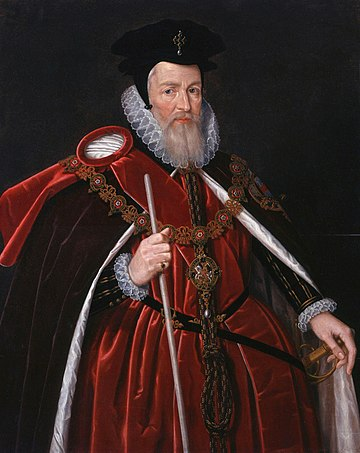THE CASKET LETTERS
Mary, Queen of Scots, had
been imprisoned at Loch Leven Castle on 17 June 1567. She had previously
surrendered to the Protestant nobles of Scotland during negotiations with her
Catholic army at the non-battle of Carberry Hill. While Mary was negotiating
with the Protestants, her army gradually dissipated, leaving her with no other
option but surrender. While imprisoned at Loch Leven, Mary miscarried the twins
she was carrying, of her second husband, James Hepburn, Earl of Bothwell, and
was forced to abdicate her throne in favor of her one-year-old son, King James
VI. Nearly a year later, Mary escaped Loch Leven Castle and sought refuge in
England from her cousin, Queen Elizabeth I.
A few days after Mary’s imprisonment
at Loch Leven, a silver casket was found in the possession of her husband,
Bothwell, which contained eight letters, two marriage contracts, and twelve
sonnets. The marriage contracts that were found allegedly proved that Mary had
agreed to marry Bothwell before his divorce was finalized. Mary and Bothwell’s
marriage had already caused scandalized mouths to drop, as Bothwell and Mary
were both implicated in the murder of Mary’s first husband, Henry Stuart, Lord
Darnley. The eight letters that were found would become known to history as the
mysterious “Casket Letters”.
So, what were these
letters, what were their implications, and did Mary, Queen of Scots, author
them?
The Casket Letters were
supposedly written by Mary to Bothwell. One of these letters specifically implicated
Mary and Bothwell in the murder of Lord Darnley, which took place in February
1567. The letters were brought to England by Mary’s illegitimate half-brother,
the Earl of Moray. Queen Elizabeth I
ordered a commission to investigate whether or not Mary was involved in Darnley’s
murder and the Casket Letters served as evidence. During this time, Mary was
imprisoned in various castles and estates in England.
Unfortunately, the Casket
Letters did not survive the test of time. Without them, they cannot be examined
to determine whether they were forgeries or not. Some believe they were
forgeries as they were the only source of evidence of Mary’s involvement in the
murder. What does still exist, are the transcripts and translations of the letters,
alongside William Cecil’s notes.
William Cecil, Lord Burghley, attributed to Marcus Gheeraerts, c. 1585, National Portrait Gallery
Perhaps the Earl of Moray
had set Mary up so she would be forced to abdicate her throne. Mary was a
constant threat to Elizabeth I’s throne, and so, some have thought the letters
fabricated by William Cecil to get rid of Mary once and for all. The outcome of
the commission was Elizabethan in nature- there was not enough evidence to
convict Mary of the crime, nor was there enough to acquit. The commission did
serve its purpose, however. Mary’s reputation was smeared, her throne
abdicated, and most importantly, in Elizabeth’s custody for the remainder of
Mary’s life.
James Stewart, Earl of Moray, Hans Eworth, 1561, Darnaway Castle, Scotland
The problem with the
Casket Letters is that Mary’s rival, her half-brother, the Earl of Moray,
produced them. The Earl of Moray was an ambitious man and I believe he wanted
to rule Scotland. He could only do this if his half-sister was out of his way. I
believe the Earl of Moray saw both Mary and Darnley as rivals to the throne.
Therefore, in my opinion, Moray orchestrated Darnley’s murder, knowing that
Mary would be implicated. When that didn’t go exactly according to plan, I
believe Moray had the letters fabricated.









No comments:
Post a Comment